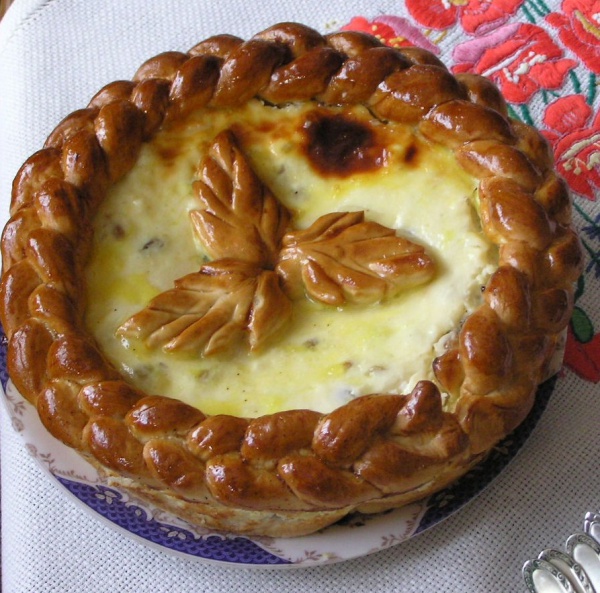Facts About Pască
Paska is a beloved Ukrainian Easter bread, deeply rooted in the traditions of countries with Eastern Orthodox connections to the Byzantine Empire. It's a staple during Easter celebrations in regions such as Ukraine, Armenia, Belarus, Romania, Russia, Georgia, Moldova, Bulgaria, Turkey, Iran, and even among Eastern European communities in the United States, Canada, and the United Kingdom.
The name "Paska" derives from the Old Greek word "πάσκα" which is also linked to the Jewish holiday of Pesach. This bread is imbued with Christian symbolism. Its yellow and white swirls represent the resurrection of Jesus and the Holy Spirit. There are numerous variations, including those with chocolate, rice, or even savory ingredients like cheese or maraschino cherries, each symbolizing different aspects of the Easter narrative.
Traditional Paska is made with milk, butter, eggs, flour, and sugar. However, different regions add their unique touches to it. For example, Romanian pască is made with sweet cream, cottage cheese, sour cream, eggs, sugar, raisins, and rum. In Ukraine, Paska is part of the Easter basket, which also includes Easter eggs and sausage. This basket is blessed on Holy Saturday and enjoyed on Easter morning after church services.
In Assyrian traditions, there's a Paska cake called Ida Gura, especially popular in Iran and among the Assyrian diaspora. This cake is decorated with a cross to symbolize Calvary and is surrounded by colored eggs. Paska is often served with hrudka, a sweet custard, and kielbasa or kovbasa.
In Romania and Moldova, their version called Pască is a tart made during Easter with a base of cozonac dough filled with fresh cheese, eggs, sugar, and sometimes sour cream, chocolate, or berries. The name "Pască" originates from the Latin word for "Easter."

 Ukraine
Ukraine